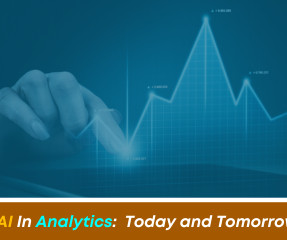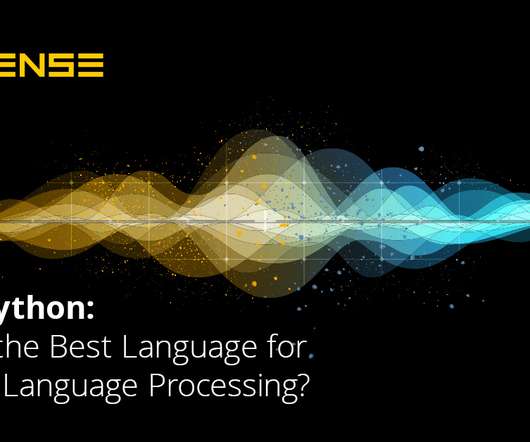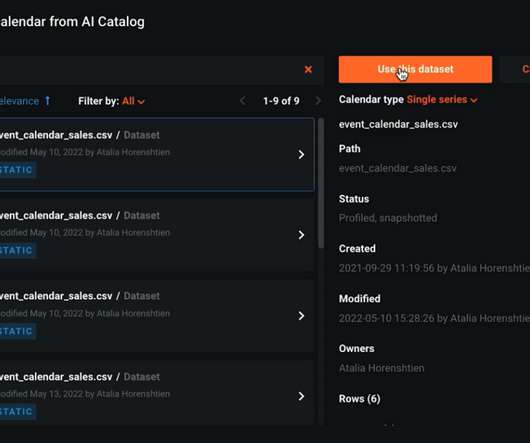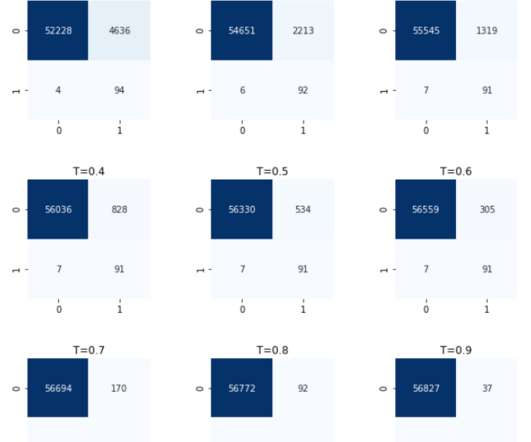Deep Learning Illustrated: Building Natural Language Processing Models
Domino Data Lab
AUGUST 22, 2019
Many thanks to Addison-Wesley Professional for providing the permissions to excerpt “Natural Language Processing” from the book, Deep Learning Illustrated by Krohn , Beyleveld , and Bassens. The excerpt covers how to create word vectors and utilize them as an input into a deep learning model.





















Let's personalize your content